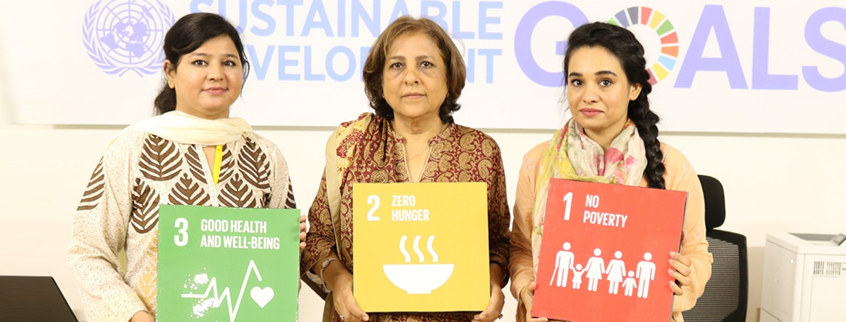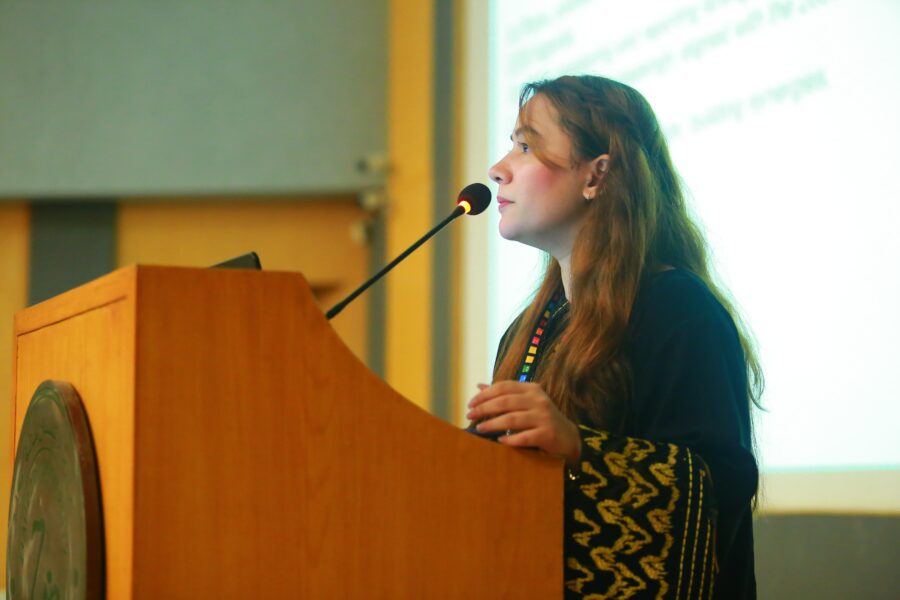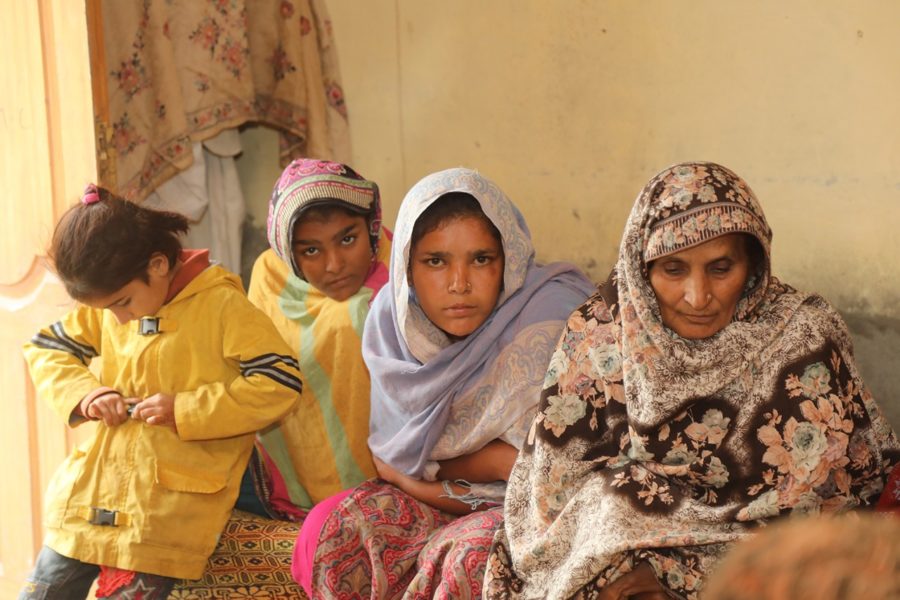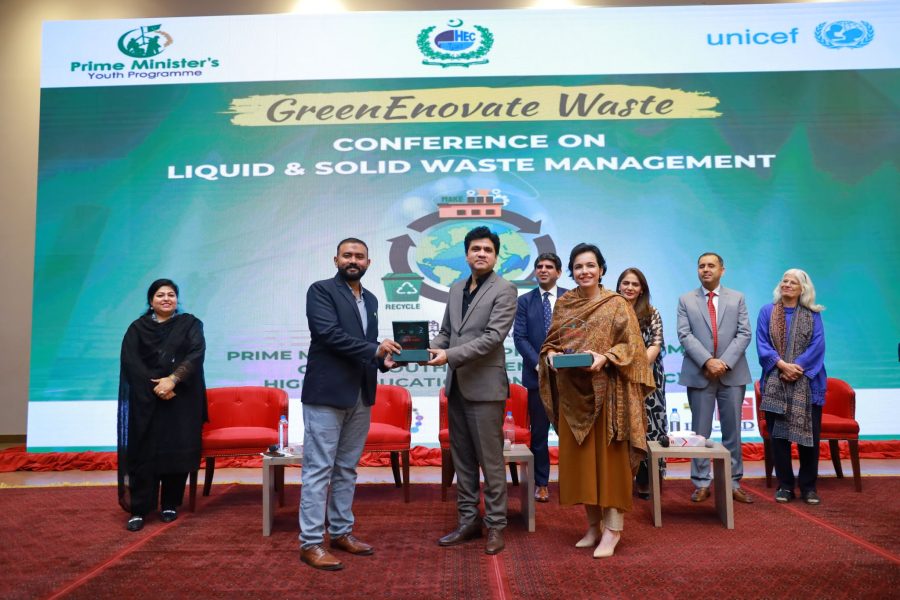The first step towards mainstreaming and localizing SDGs in Sindh is to identify and set priorities and define achievable targets for the immediate, medium, and long term, considering severity of development issues and challenges, resource availability, and Sindh’s economic and social endowments, value for money, and magnitude of impact, in line with Sindh 2025 Vision. While all 17 SDGs are significant for transformational impact in the province, prioritization of SDGs is needed to help steer appropriate resource allocation and lead development in a cohesive and structured manner. This, however, implies that while resources and efforts will be devoted to certain priority SDGs for the short term, continued efforts will be placed across all SDGs and their impact is expected in the medium and long-term, respectively, bringing reduction in poverty and environmental sustainability. To initiate prioritization, the SDGs Support Unit, with support from UNDP, has conducted a series of consultations with the local government, divisional government, and local community, and at the same time adopted a scientific analytical tool to assess the development issues and identify priority SDGs.
The discussions and consultations have ascertained the fact that Sindh with its rapidly expanding population is facing critical challenges in education, health, and energy supply with inherent gender and rural-urban gaps. Over the past decade, public school enrollment remains bleak, health and nutrition indicators have remained stagnant, energy shortages persist despite vast energy sources, and limited job opportunities for females and youth. Overall, 43.1 per cent of the population is multi-dimensionally poor (Rural: 75% and Urban 10%) (as per Multidimensional Poverty Index). Amid the socio-economic turbulence, the province has enormous potential for sustainable development. Given the right policies, with inherent attention given to opportunities for females and youth, improvements in health and education services, while tapping into abundant natural resources, and stimulating industrial activity, Sindh can serve as Pakistan’s center for economic growth.
Based on the findings of the evidence-based analysis, considering severity of development issues and challenges, resource availability, and Sindh’s economic and social endowments, value for money, and magnitude of impact, in line with Sindh 2025 Vision, Chief Minister has approved SDGs priorities for the immediate, intermediate, and long term.

For up to 2025, 06 SDGs are Sindh’s priorities, whereby, it is recognized that SDG 1 No Poverty, SDG 5 Gender Equality, and SDG 13 Climate Action are cross cutting priorities that will be integrated in the strategic planning endeavors that take place as Sindh progresses towards localizing SDGs.



